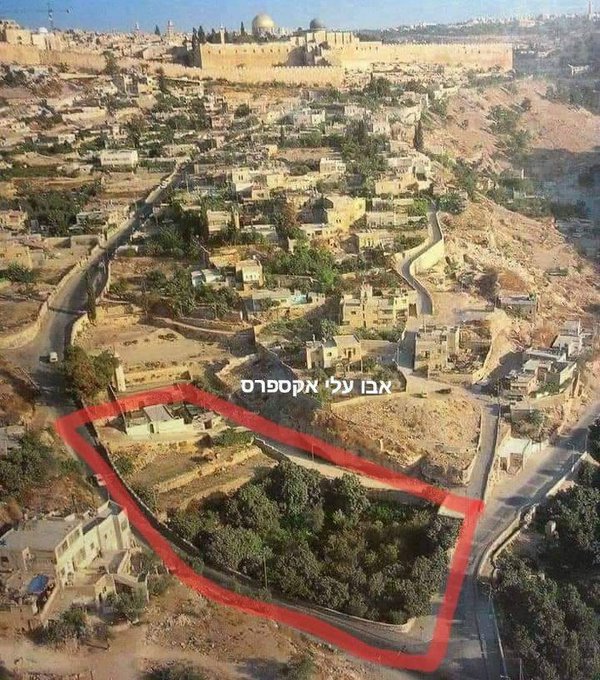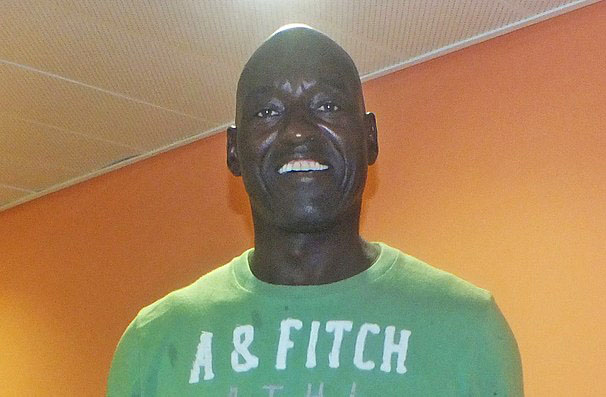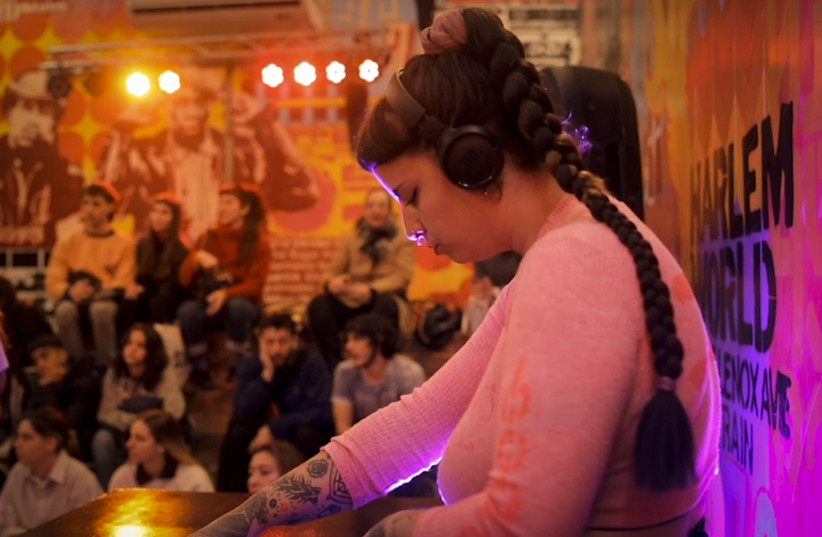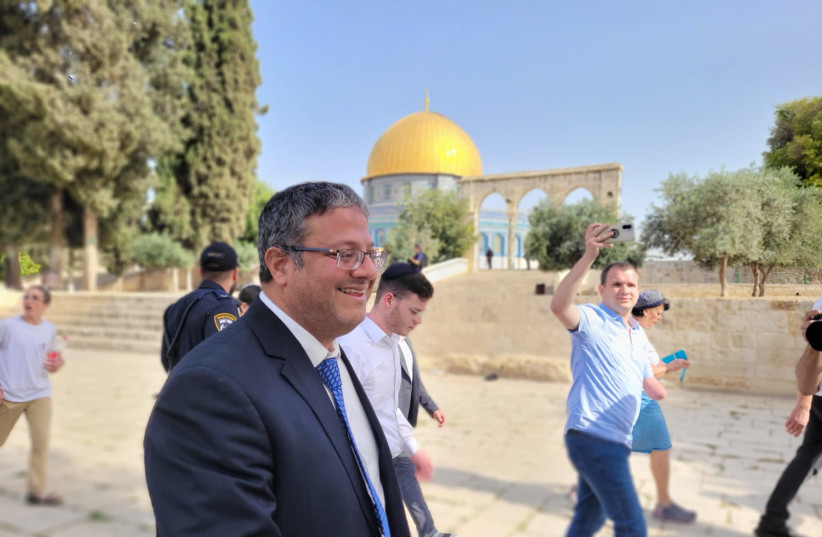rylah
Gold Member
- Jun 10, 2015
- 21,796
- 4,667
- 290
The Valve is Open! Keeping the Kinneret Always Topped Off
That’s it! No more worrying about the (Sea of Galilee) Kinneret’s water level dropping below the red line in drought years.
The new water pipeline that feeds the Kinneret with desalinated water has officially been opened. And now Israel can give even more water to the Jordanians...
Read more -

Watch: Keeping the Kinneret Always Topped Off
No more worrying about the (Sea of Galilee) Kinneret's water level dropping below the red line in drought years or from overpumping.
 www.jewishpress.com
www.jewishpress.com











